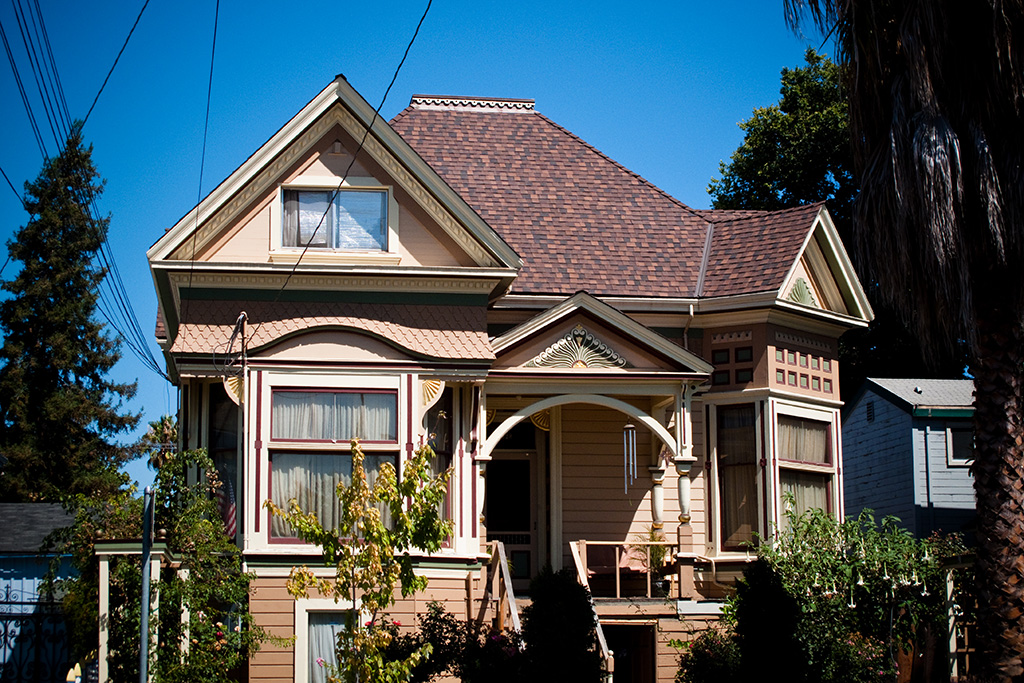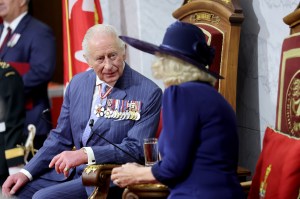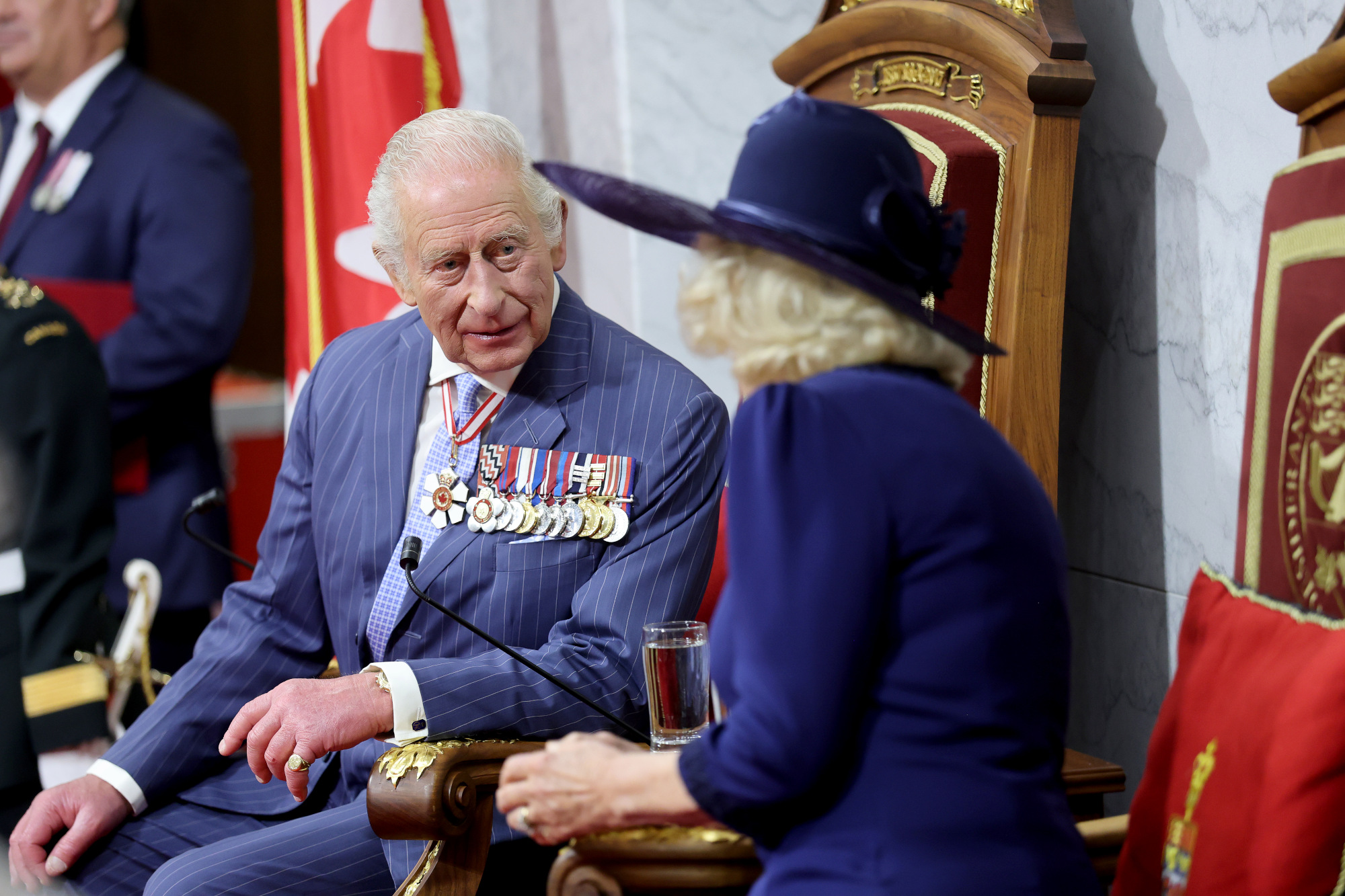To thwart the woke objective, the non-woke need to muster every asset we can. If you’re planning to relocate to a more conservative small town, the countryside, or to a different part of the city, seriously consider investing your time and money into older properties. If you take the time to study old homes, you’ll understand the psychology of the people who designed, built and lived in them. They included spaces to gather, visit, read and pursue hobbies — parlors and sitting rooms and passé things known as dining rooms and porches — filled with artistic fixtures meant to enchant the dweller. Now, we have ambiguous “open concept” spaces that are as undefined as our morality, and “family rooms” devoid of décor and designed primarily for “bingeing” the latest woke rhetoric rampant on so many screens.
‘Everything is built for planned obsolescence’
Christopher Hewett is the founder of Old House Fix, “a library of old-house-specific resources and a community of old house enthusiasts and experts.” Chris and I spoke about common misconceptions about old homes, the challenges and joys they bring, and how they’re good for society and the soul. Hewett tells me:
My wife and I bought our first home in 2005. It was not even four years old yet and the siding started to rot. The door casings were rotted six inches up. I sometimes wonder if that house is still standing.
New houses age more quickly than old ones. Any new house is only new for the first year or two, then it starts settling and you have to start doing things and putting money into it just as you would an old house — maybe not a roof right away, but you still have to do routine things as you would change the oil, rotate the tire, and so on with a car.
Everything is built for planned obsolescence, it seems these days. Appliances, too, you know. They knock down old houses to put up new ones that are disposable.
Our current house is in Ann Arbor’s Old West Side historic district and it is the reason I developed a passion for old house restoration and preservation. Old houses are a lot of work sometimes, but if they’ve been there a hundred years, they’ll likely be there for another hundred years if you take care of them. Just think of the materials in many old homes — the old-growth wood that’s rot-resistant. The millwork, carved elements in the old houses that you don’t get today, because they’re too expensive and take up too much time. Everything now is about the most efficient box.
*** Purchase Woke-Proof Your Life on Amazon or Bookshop ***
A house or a home?
Hewett and I discussed how a house and a home used to be such a vital part of a person’s life — it’s where you experience major family events and enjoy the simple things that sustain you. Family birthday parties, nightly meals together. It’s where we share exciting news and exchange priceless pieces of advice. It’s life-changing to be able to come home to a place that feels full of character and memories and into which you have personally invested time and love. Hewett resumes:
Is it just a house, or is it a home? Our first house had no history, it had no soul. These old houses have a story from the many people who lived there and raised a family and maybe even hand-crafted it.
Hewett says renovating their house helps him bond with his wife. They collaborate — she enjoys researching and choosing period-correct wallpaper, for instance — and “we’re so busy doing things with the house, there’s no time to go to the casino or the bar or whatever.” And when there is a disagreement, “we have to find our way out and compromise,” Hewett says. “Those are relationship skills you build.”
Politics don’t matter
Hewett has also built relationships with thousands of old house lovers through his online community. He attended a workshop last year that attracted different tradespeople, undoubtedly from a mix of political backgrounds.
Politics didn’t matter; we were there to talk about old houses and windows. [Pursuing a passion] really does allow you to meet different people from different walks of life. I had zero knowledge of old houses fifteen years ago. Now I’m making all these connections and building this directory. There’s really no room for politics there, because we’re too caught up in, “Should you paint the original trim or not?” Things like that. It’s nice to dive back into the house to unwind and almost live like they did before [modern technology]. I enjoy keeping up our house, hanging out outside on our front porch swing.
Hewett spends his day at work behind a computer, working as a professional project/program manager specializing in logistics. He has spent years putting back features in his house that were removed or covered up over time, replicating crown molding and adding back trim. The house “looks totally different from the way it used to,” he says.
Adding elements of meaning and beauty to life
Hewett says his old house hobby stimulates all his senses — igniting his brain in problem-solving, his hands and muscles in crafting, and his aesthetic sensibilities all at once. He garners great fulfillment not just in completing a project, but in renewing that feeling every time he comes home.
Every time you walk in the room and see the results, and you know what it used to look like and what it looks like now, and the outside, too — you strip your house and paint it and restore the outside. I remember when it was covered in aluminum sid[1]ing, and still, even though it’s been a few years, I get this feeling of satisfaction every time I look at it.
There are so many projects you complete, and every time you drive up to your house or go inside, or just down to your favorite light fixture you’ve repurposed, you get to see that physically, and it makes you happy. I’m like, “man! I love that lamp.” Or “man! that wavy glass is beautiful!” And my wife says, “Yeah, you’ve said that a hundred times now.”
The same thing with antiques. You remember where you were when you bought it, it has a story, it was built to last, it’s been through different families, you can pass it on to your kids, and all that adds an element of meaning and beauty to life.
I have this Flemish hall bench I picked up a few years ago. I was in Germany for work and I went into this shop. I saw it when I walked in and said, “I have to have this thing.” It’s all-oak from the 1890s with hand-carved panels in the back. And I thought, “How am I going to get this thing home?” I happened to have some friends over there who were moving back to the States. I paid them some money to put it in with their goods. It took like six or seven months to get it. That was really an interesting journey for a piece of furniture.
Living in a beautiful home full of history and fine craftsmanship and caring for the property as you would a family member is personally rewarding, but it extends beyond the homeowner to the neighbors who appreciate your work, too. The Hewetts were visited by a ninety-four-year-old man who was born in the house the Hewetts now own.
We spent the whole afternoon together; it was really neat. He shared some pictures of the front porch, of everyone hanging out on steps during a birthday party, and we took him up to his old bedroom.
A more neighborly feel
Hewett reflects on the nature of old houses and the places they were built:
Old houses were built around proper city centers, with a courthouse and parks and sidewalks. Nowadays, with urban sprawl, people are growing up around strip mall after strip mall. They have to drive everywhere. They don’t even have a big town feeling. Here, you know your neighbors a little bit more, you’re not spread out so far, and you aren’t in that high-rise; it’s a more neighborly feel.
With a lot of them, you can get a really good deal. You can buy a fixer-upper at a lower cost, and one thing most people don’t think about is locking in that lower tax rate.
Pay the $400 and get the inspection so you know what you’re getting yourself into before closing. Do your due diligence. Sketch out a rough estimate of what repairs and upgrades are going to cost.
Buy the house, live in it a year, and get to know the house — what’s working, what’s not working. Let it tell you what it needs. Don’t just come in and gut it. The old trim and doors, they’re non-renewable resources too. That old growth, that grain from a two-hundred-year-old tree, you just don’t see that in furniture grade wood these days.
Hewett adds that another joy of preserving an old house is building new friendships with craftsmen who specialize in restoring windows, refurbishing old stoves, and other traditional trades.
This is an excerpt from Woke-Proof Your Life A Handbook on Escaping Modern, Political Madness and Shielding Yourself and Your Family by Living a More Self-Sufficient, Fulfilling Life. Available from Amazon and Bookshop.
























